Vacant Classrooms, Lost Millions: Kenya Schools Face Historic Disruption
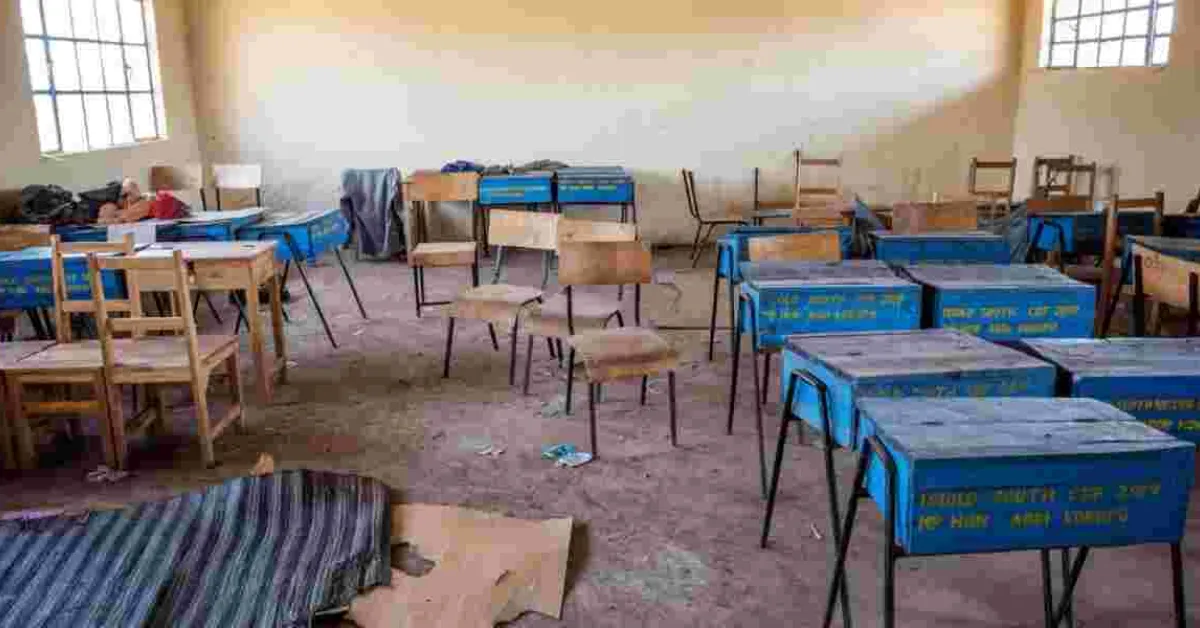
As Kenyan students prepare to return to school on January 6, 2025, a historic transition in the educational landscape is underway.
For the first time since 1985, secondary schools will not welcome new Form One students, marking a key change as the country moves from the 8-4-4 education system to the competency-based curriculum (CBC). This shift comes in the wake of the 8-4-4 system's phase-out, which began in the mid-1980s and concluded with the last cohort of Standard 8 students completing primary school in 2023.
Consequently, the year 2024 witnessed the absence of the traditional Kenya Certificate of Primary Education (KCPE) examinations. With the implementation of CBC, the first cohort of junior secondary school students will transition to Grade 9, which is located within primary schools. This restructuring has significant financial implications for secondary schools, which are poised to lose substantial capitation funds previously allocated under the Free Day Secondary Education (FDSE) initiative due to the reduction of an entire class.
Secondary school administrators have expressed concern regarding the anticipated financial shortfall, given that operational costs, such as utilities and staff salaries, will remain unchanged amidst a declining student population. The Kenya Secondary Schools Heads Association (Kessha) has called upon the government to release Sh64 billion in overdue capitation funds to alleviate the financial strain. They caution that institutions already in debt will face exacerbated challenges if these funds are not disbursed promptly.
The shift has also impacted the educational supply chain. Artisans who traditionally produced metal boxes for incoming Form One students are now adapting their offerings in response to diminished demand. Meanwhile, bookstores and publishers are bracing for a drop in sales of essential educational materials, including dictionaries and calculators, as the absence of new Form One students affects inventory turnover.
Conversely, primary school headteachers are preparing for increased budgets due to the admittance of Grade 9 students. Annually, primary and junior secondary students receive funding of Sh14,420 and Sh15,042, respectively. However, the rollout of junior secondary education has not been without its challenges, including reported shortages in infrastructure, a deficiency of qualified teachers, and a lack of adequate learning materials.
Some stakeholders have suggested that accommodating Grade 9 students in secondary schools, which possess existing facilities, may help to optimize resource usage. The Ministry of Education faces mounting pressure to ensure the prompt disbursement of funds to facilitate a seamless transition to the CBC system. At the same time, primary school headteachers have been advised to exercise fiscal prudence with their increased budgets to prevent corruption and mismanagement.
The Kenya Primary School Heads Association (Kepsha) remains cautiously optimistic, highlighting improvements in classroom construction, book supplies, and teacher allocations as indicators of progress amidst this transformative phase in the Kenyan education system.

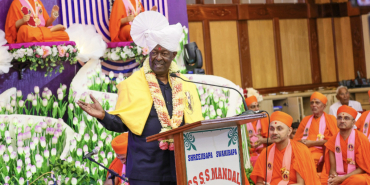


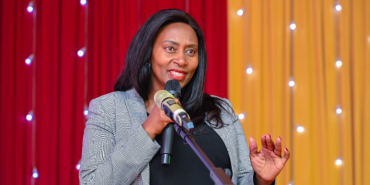
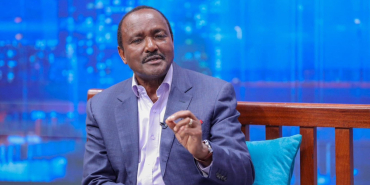
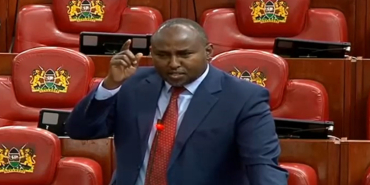
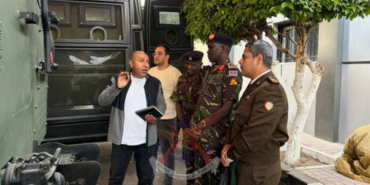

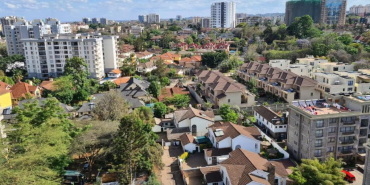




Add new comment